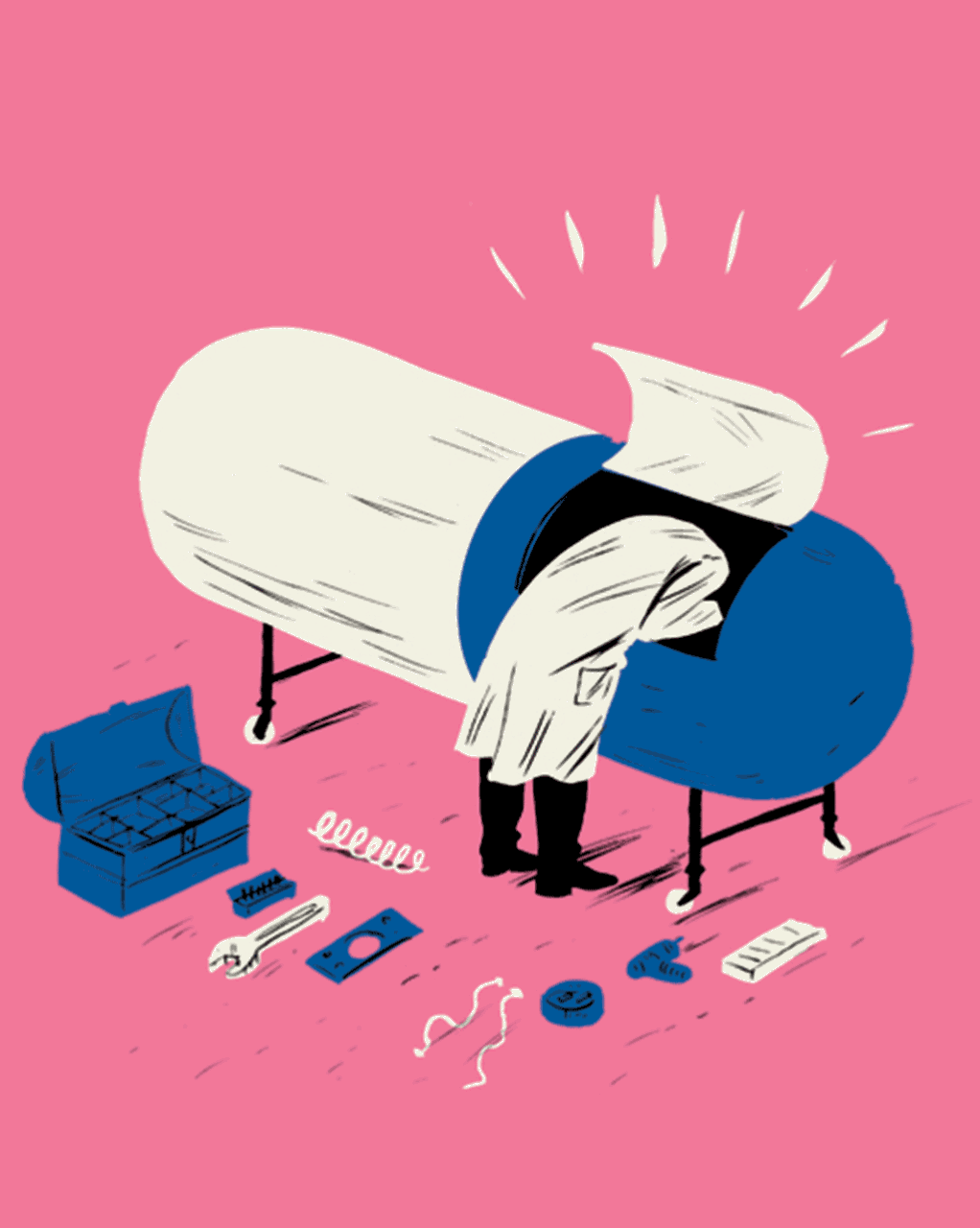Scientists Cash On Weakness in Bacterial Cell Wall to Fight Ab Resistance
Although the multilayered architecture of the cell envelope of gram-negative bacteria was first described in the 1960s, we are still unraveling the links between the structure of this cellular component and its functions in the cell.
Now, an international team of researchers has found that exploiting a weakness in the wall surrounding disease-causing microbes could open the door to new drugs and revitalise old ones.
The envelope of these bacteria consists of an inner membrane (IM), a classical phospholipid bilayer around the cytoplasm, and an outer membrane (OM), an asymmetric structure with phospholipids in the inner leaflet and lipopolysaccharides in the outer leaflet. The space between the IM and the OM defines the periplasm, a cellular compartment that contains the peptidoglycan, a polymer of glycan strands cross-linked by short peptides that provides shape and osmotic protection to cells.
This multilayered envelope, which contributes to cellular integrity and modulates permeability, is required for life and serves as an interface to the external milieu. Several essential protein machineries are present in the cell envelope, where they engage in processes that are important for envelope assembly and protection. Many of these machineries
span the periplasm, with components in both the IM and OM. The pathways that assemble the envelope and that monitor envelope integrity are tightly coordinated in order to sense and respond to damage.Professor Jean–François Collet, of the Université Catholique de Louvain, one of the study’s co-authors, said, “On the wall there is a protein that serves as a guard, and so when there are antibiotics coming this protein will feel that and will then turn inside and reach another protein on the inner membrane, and they will communicate.”

Scientists removed the physical connection between the outer membrane and periplasm and discovered that the bacteria lost the ability to sense defects in the envelope.
Drugs that target the envelope structure in the cell wall may be an effective method for destroying these cells. Even a slight increase in the size of the periplam disrupted the communication between the layers of the envelope. “We showed that if you increase the distance between the two walls, the protein will turn inside and try to reach its friends on the inner wall, but it will not be able to reach them,” write the authors of the paper.
The team believes that by messing with proteins controlling the distance between membranes, they can disturb the overall architecture of the cell envelope. They are currently working with drug companies to develop new substances that are able to disturb bacterial cell walls and ultimately fight disease.
“This work identifies a potential new target for novel antibacterial therapies that could be used to treat bacteria that are resistant to other classes of antibiotics, but there is a long way to go before this could lead to new drugs,” said Dr Richard Stabler, co-director of the London School of Hygiene and Tropical Medicine’s Antimicrobial Resistance Centre, who was not involved with the study.
Although this research is certainly in its infancy, the scientists believe that if they can develop necessary methods/techniques to achieve their hypothesis, then they may have a valid way to combat multi-drug-resistant bacteria.






























